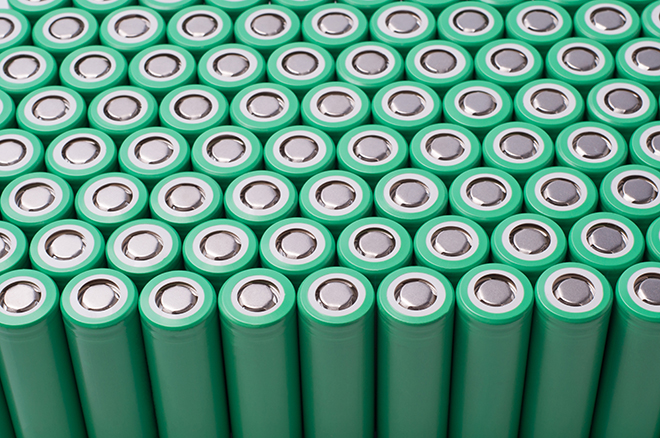Ranges are getting longer, battery capacities are getting larger, and the pressure is on to find ways to make charging faster. Unfortunately, reducing charging time by increasing charging current can have a negative effect on battery lifetime and safety. One reason for this is a phenomenon called lithium plating.
“The rate at which lithium ions can be reversibly intercalated into the graphite anode, just before lithium plating sets in, limits the charging current,” explains Johannes Wandt of Munich Technical University.
Wandt is one of a team of researchers at Munich and two other German universities who have developed an analytical technique that provides new insights into lithium plating and how it affects charging rates.
In a paper published in Elsevier’s Materials Today, the researchers explain that, during charging, lithium ions move from the cathode (deintercalate) to the anode (intercalate). However if the charging rate is too high, lithium ions deposit as a metallic layer on the surface of the anode rather than inserting themselves into the graphite. “This undesired lithium plating side reaction causes rapid cell degradation and poses a safety hazard,” Dr. Wandt said.
Dr. Wandt and his colleagues set out to develop a new tool to detect the actual amount of lithium plating on a graphite anode in real time. The result is a technique the researchers call operando electron paramagnetic resonance (EPR).
“The easiest way to observe lithium metal plating is by opening a cell at the end of its lifetime and checking visually by eye or microscope,” said Dr. Wandt. “There are also nondestructive electrochemical techniques that give information on whether lithium plating has occurred during battery charging.”
Neither approach, however, provides much if any information about the onset of lithium metal plating or the amount of lithium metal present during charging. EPR, by contrast, detects the magnetic moment associated with unpaired conduction electrons in metallic lithium with very high sensitivity and time resolution.
“In its present form, this technique is mainly limited to laboratory-scale cells, but there are a number of possible applications,” explains researcher Dr. Josef Granwehr. “So far, the development of advanced fast charging procedures has been based mainly on simulations, but an analytical technique to experimentally validate these results has been missing. The technique will also be very interesting for testing battery materials and their influence on lithium metal plating – in particular, electrolyte additives that could suppress or reduce lithium metal plating.”
Source: Elsevier



















































